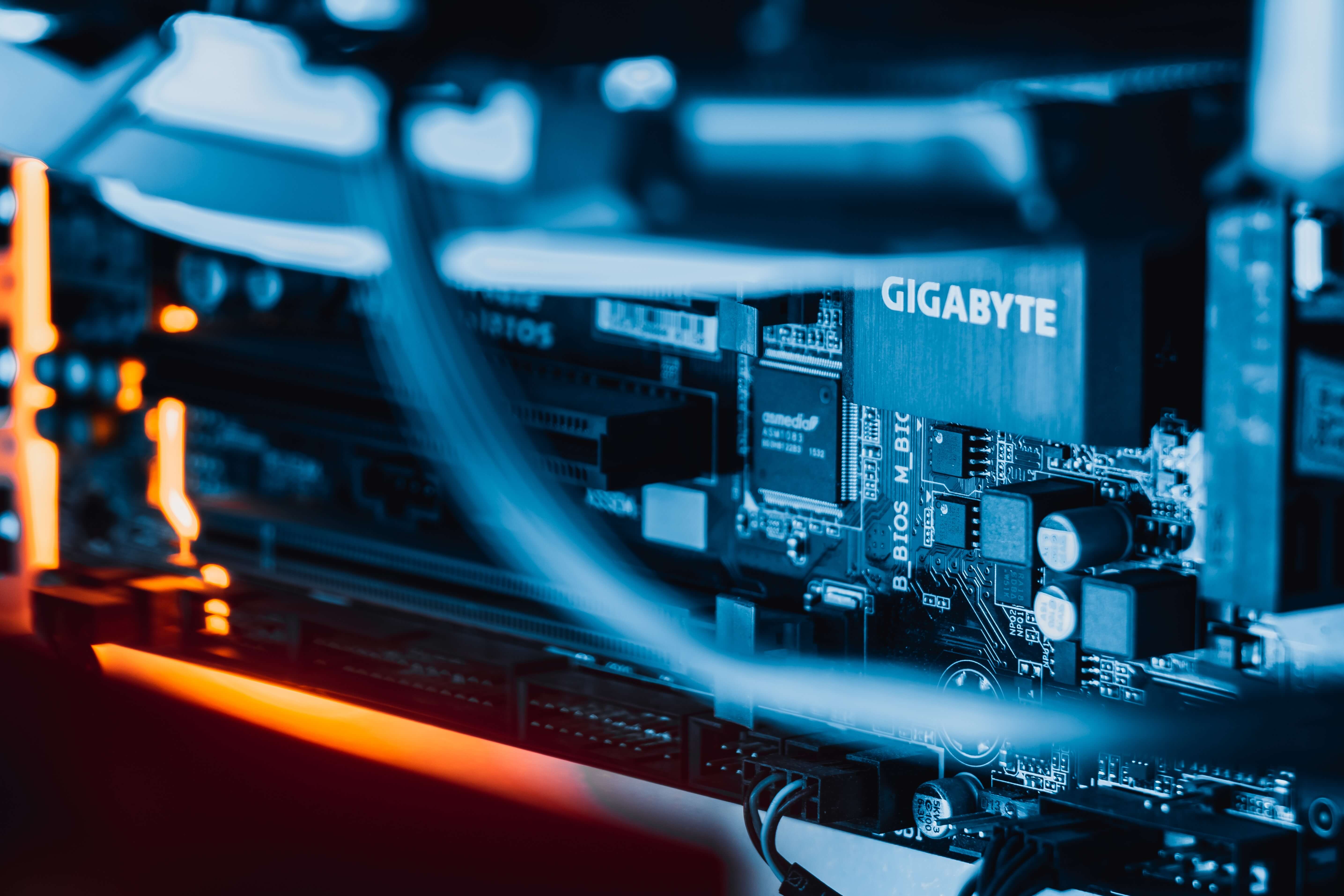How legacy system modernization can minimize IT Overhead
Published On: 16-07-2021 06:00

We all know that as things get older, they become obsolete, the same is true with IT systems. In the past couple of years, it is estimated that about 80% of businesses in the US spent most of their IT budget on the maintenance of their aging legacy systems. Taking the right approach to legacy system modernization can minimize the effort and overhead while ensuring optimal results, but how? Read this article and understand how legacy system modernization can minimize the IT overhead significantly.
To illustrate the impact of maintaining aging legacy systems on businesses, let's take the case of companies during the 2008 economic crunch. During that period, most of the fortune 500 companies concentrated increasingly on aggressive cost-cutting strategies (including the investment in technology) that gave them enough monetary leverage to navigate the crisis. However, when the economy bounced back to normal, most of the companies that relied on legacy IT systems built on outdated programming languages faced critical issues such as security breaches and data thefts. So, modernizing legacy systems should be your top priority if you are seriously planning to minimize your IT overhead. IT modernization usually involves the use of service-oriented architecture to relocate legacy data via rehosting. However, migration of your legacy code to new languages and frameworks must be only done with trusted vendors who have thorough expertise in this field. In this section we will analyse how legacy system modernization can minimize IT Overhead.
1. Modernization enables your enterprise to open up new revenue streams:
Relying on legacy systems and outdated mainframes can prevent efficient business operations and close your revenue streams. Moreover, running applications in legacy architecture can greatly reduce agility and flexibility. The monolithic nature of legacy systems makes it difficult for you to integrate new functionalities that quench modern customer demands. You also need to put in more time, money and effort for the periodic maintenance or updates of your legacy system. This will slow down your business’s ability to innovate and unlock new opportunities that allow you to drive more revenue to your business. Whereas, modernizing your legacy applications can help you enhance your business processes on the go. Running your business with an uptodate system can also help you deliver new customer experiences to you by integrating new functionalities that can open up new revenue streams.
2. Developer productivity and availability
A programmer who works on a legacy system sometimes needs to write thousands of lines of code for something that can work with a few lines written in a modern programming language. Hence, it is evident that modernized IT systems can significantly increase the productivity of developers. Also legacy system modernization minimizes IT Overhead in a significant manner. Moreover, companies that use legacy systems mainly rely on highly paid developers whose skill sets are shrinking, as they soon retire from their job. Filling these resource requirements won’t be easy as programmers who are skilled in maintaining and operating legacy systems are hard to find these days. Even if you hire a new one for IBM i Modernization, they may not match the skills of the previous developers you had in your team.
3. Reduced Maintenance cost
Legacy systems not only kill productivity and innovation but they also become more expensive to maintain as years pass by. These facts speak for themselves as the average cost of running a modernized system is comparatively low when compared with businesses that stick to legacy mainframes such as AS/400. You could even spend half of your annual revenue simply for the maintenance and up-gradation of legacy systems. If your company is facing resource shortages, training your new recruits to handle the legacy systems can consume significant amounts of time and money.
4. UI Modernization
Modernizing your IBM i applications with modern GUI(Graphical User Interface) is an excellent way to drive your revenue. Most companies that use IBM i applications don’t have access to modern UI. They usually rely on 5250 green screens that cannot meet users’ expectations. The main disadvantage of using green screen UI is the lack of GUI controls and cross-device access. UI modernizing not only delivers the look and functionality of modern browsers but also improves the productivity of end-users, workflows, and enables you to instantly access them seamlessly and securely, from multiple devices.
Also Read: Legacy System Modernization: Why Is It Important For Your Enterprise?
No matter how comprehensive your modernization roadmap is, legacy app modernization is a highly complex, expensive and time consuming process. However, the benefits of legacy system modernization always outweigh the risks and minimize IT overhead. In order to fulfill the requirements of the modern customer base and bring in disruption, you have to transform your Legacy systems into high performing applications that fits well with the modern ecosystem. Leveraging the services of third-party vendors who have expertise in legacy-system modernization can help.
We at Vofox Solutions INC help you minimize your IT overhead, efficiently managing end-to-end aspects of your modernization needs: from capturing your requirements, building a battle-tested legacy modernization strategy, to modernizing your legacy application from scratch without losing any of your data and business logic, using cutting edge modernization tools and technologies.
